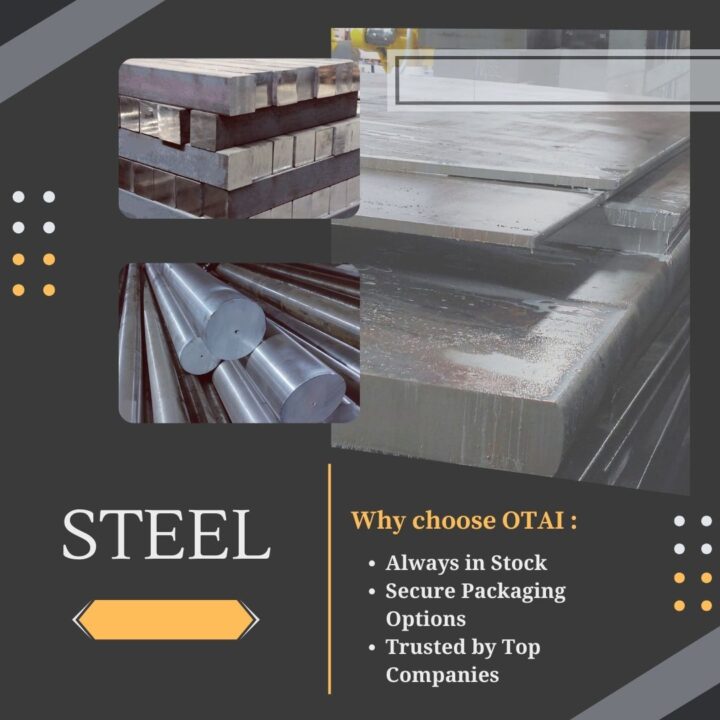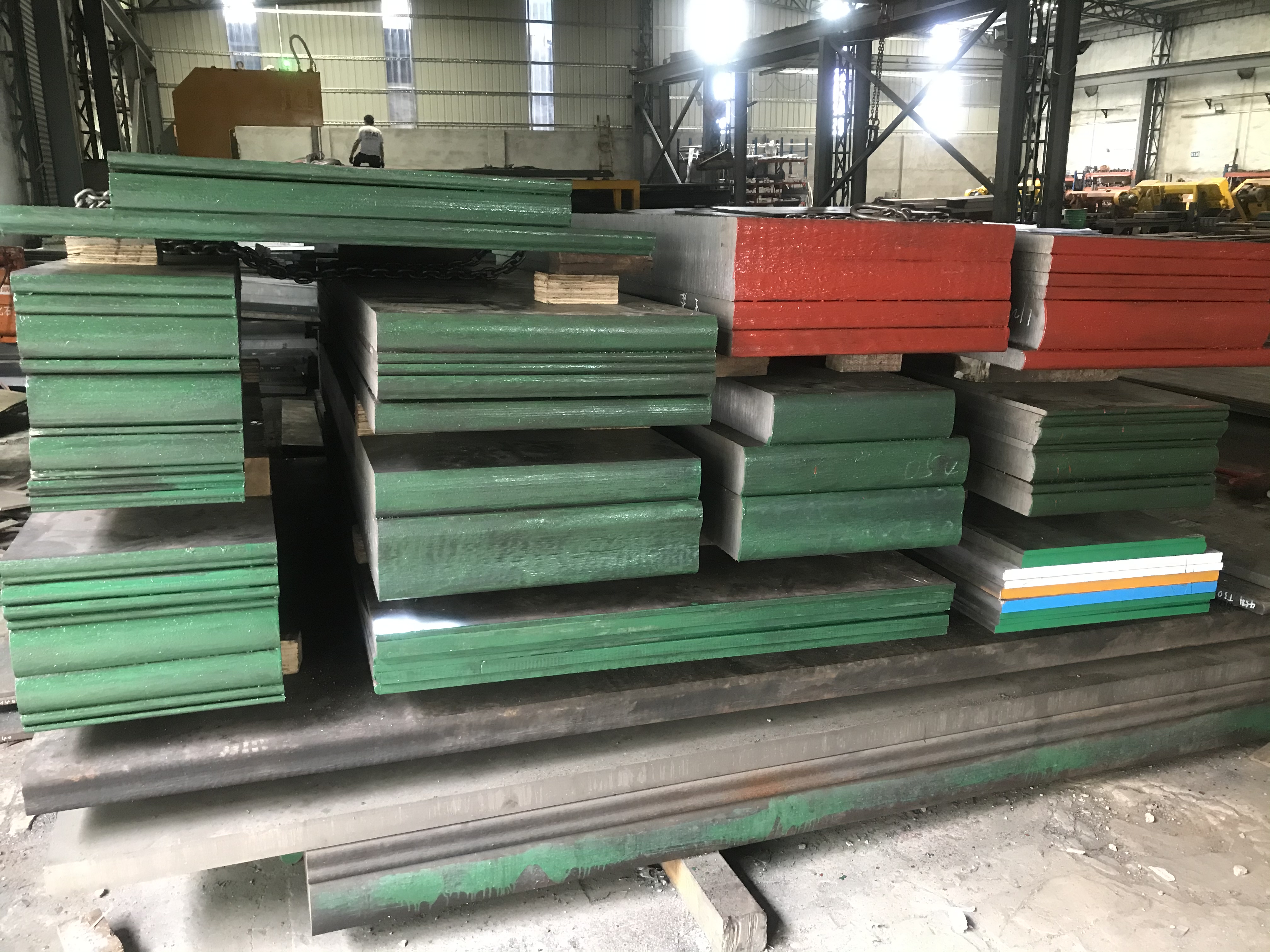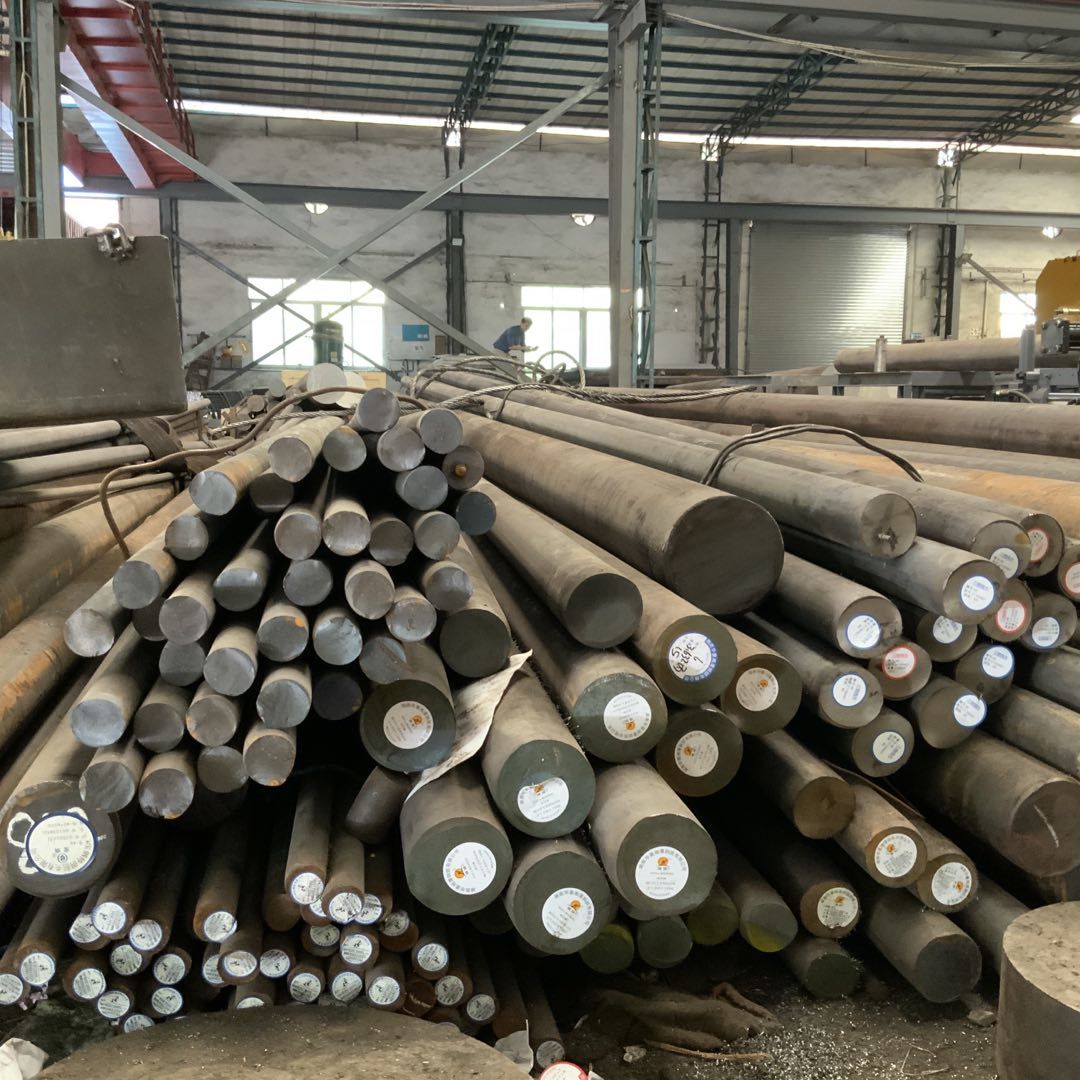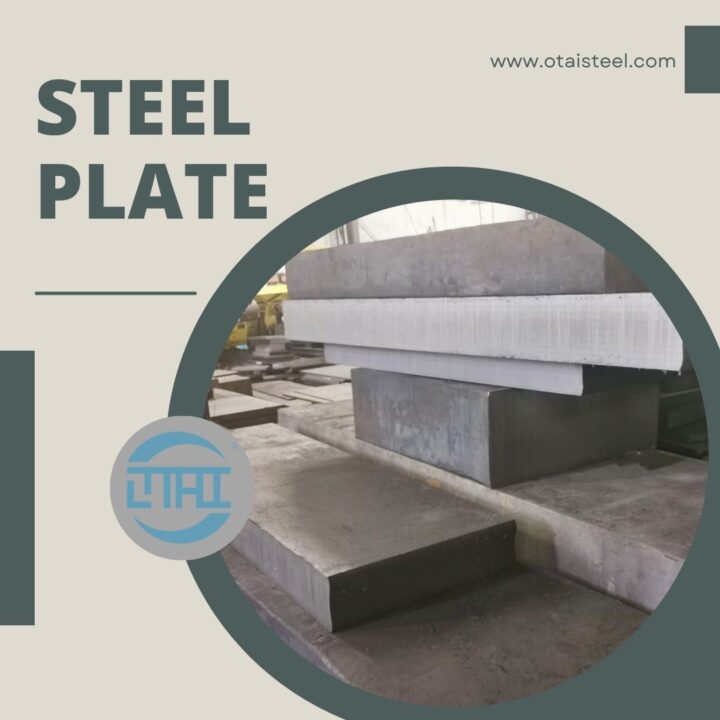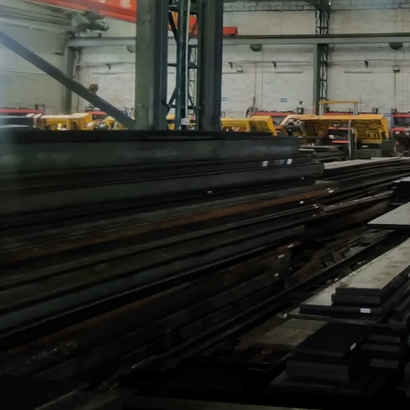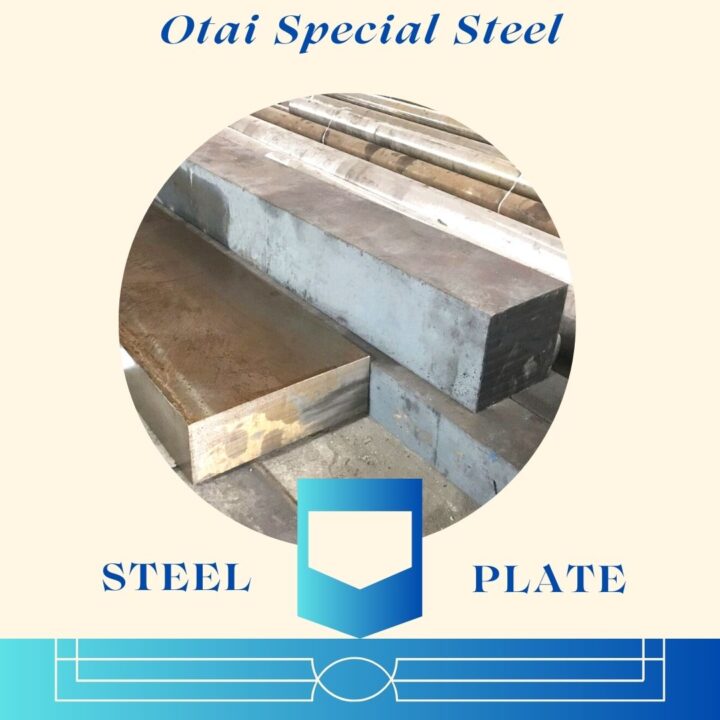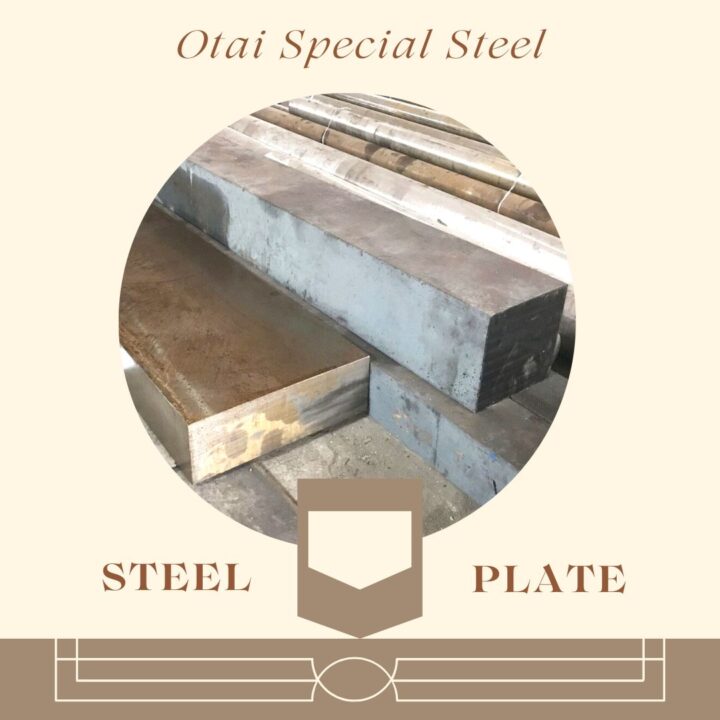8620 steel is a low-alloy steel known for its exceptional strength, toughness, and wear resistance. Its combination of chromium, nickel, and molybdenum contributes to its outstanding mechanical properties, making it suitable for a wide range of applications.
The Importance of Joining or Bonding Steel Components
In many engineering projects, it is necessary to connect multiple steel components to create a larger and more functional structure. Proper joining or bonding techniques are crucial for ensuring the integrity and reliability of the final assembly.
Traditional Welding Techniques for 8620 Steel
Traditional welding methods, such as gas metal arc welding (GMAW) and shielded metal arc welding (SMAW), are commonly used for joining 8620 steel components. These techniques provide strong and durable connections.
Challenges in Welding 8620 Steel
While welding is a popular method, it comes with challenges when working with 8620 steel. Issues like cracking, distortion, and heat-affected zone (HAZ) formation need to be carefully addressed during the welding process.
Alternative Joining Methods for 8620 Steel
To overcome the challenges of welding, alternative joining methods have been developed. These include friction welding, electron beam welding, and laser welding, each offering unique advantages for specific applications.
The Role of Brazing in Component Bonding
Brazing is another effective technique for bonding 8620 steel components. It involves using a filler metal with a lower melting point than the base metal, allowing for strong and precise connections without melting the base material.
Adhesive Bonding for 8620 Steel Components
Adhesive bonding, or structural bonding, is a versatile method for joining steel components. High-performance adhesives form durable bonds without altering the base material’s properties, making them suitable for various industries.
Hybrid Joining Techniques
In some cases, hybrid joining techniques, such as adhesive bonding combined with mechanical fasteners or welding, offer optimal solutions to meet specific engineering requirements.
Applications of Joining or Bonding 8620 Steel Components
Joining or bonding 8620 steel components finds application in numerous industries, including automotive, aerospace, construction, and manufacturing, where robust connections are essential for safety and performance.
As the demand for advanced engineering solutions grows, exploring different techniques for joining or bonding 8620 steel components becomes paramount. Welding, brazing, adhesive bonding, and hybrid methods each play a vital role in ensuring the strength and reliability of steel assemblies.
